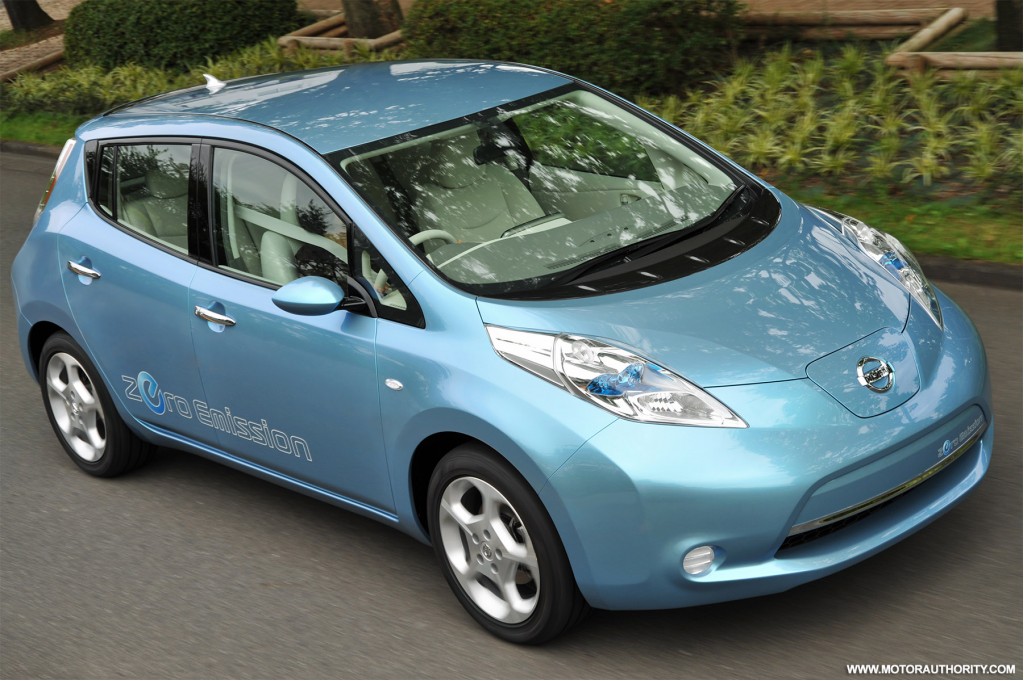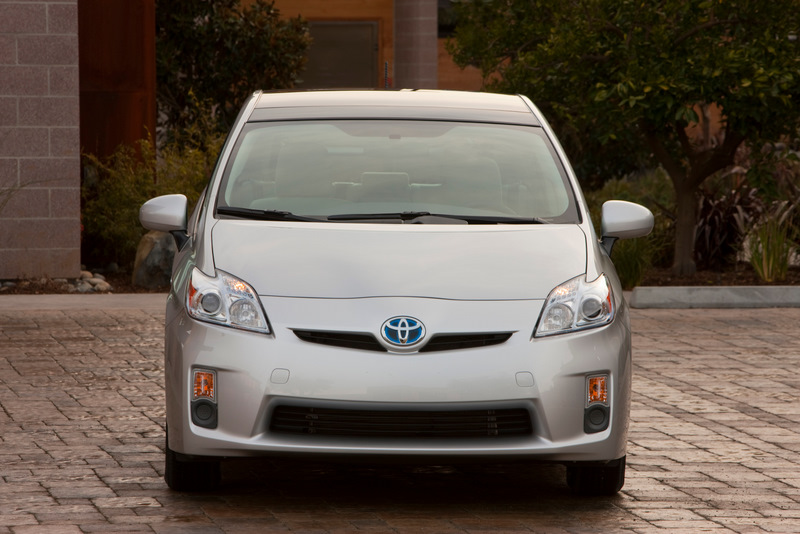Over the next 12 months, carmakers will introduce several new plug-in electric vehicles. One question that's frequently asked of GreenCarReports: Does recharging electric cars pose a threat to the electricity grid?
The 2010 Fisker Karma and the 2011 Chevrolet Volt plug-in hybrids, among other electric-drive vehicles, are scheduled to roll out next year. Without a range-extending engine, the 2012 Nissan Leaf electric car will be even more reliant on the grid. So it's a reasonable question.
The answer, in short, is: No. The current power grids in the U.S. are more than capable of handling incremental demand from the small numbers of plug-in cars that will be sold over the next few years.

Volt Line Director Tony Posawatz

Fisker Karma

nissan leaf ev 007

2010 Toyota Prius
San Francisco vs Detroit
Some utilities, however, worry about the impact of clusters of EVs in specific neighborhoods where early adopters may live. And that's a topic worth exploring in more detail.
At the recent "Business of Plugging In 2009" conference, an executive from Pacific Gas & Electric (which serves the San Francisco Bay Area) said it needs to raise rates and get Federal assistance to be able to update neighborhood grids for clusters of plug-in vehicles.
Anthony Earley, the chief executive of Detroit's DTE Corp., on the other hand, seemed far from worried. He said Detroit Edison doesn't plan to raise rates to handle plug-ins, and that any growth in demand was well within the utility's plans for demand growth and equipment upgrades.
How does LA feel?
So we spoke with Ed Kjaer, the director of electric transportation at Southern California Edison, the large electric utility serving 5 million customers in and around Los Angeles, to find out where SCE stands on the issue. His response:
We anticipate there will be some implications from clusters of plug-ins. Charging a battery electric vehicle at 240 Volts looks like the load of another house, added to a neighborhood circuit that usually has 10 to 12 houses on it.
So charging an EV adds load beyond our normal growth. But it'll be gradual; the grid will adapt faster than the number of vehicles will come. Distribution is something we're very focused on.
Where do Prius owners live?
Part of SCE's preparation for the arrival of plug-in vehicles is asking potential electric-vehicle owners to let the utility know of their interest.
Kjaer admitted SCE is also looking at neighborhoods with the highest concentrations of Toyota Prius registrations. SCE presumes that drivers willing to take a risk on a hybrid-electric vehicle will be far more amenable to a plug-in than, say, owners of full-size Chevrolet Suburban sport utility vehicles.
For the overall grid, no worries
But any concern over damage from a spike in national demand for electricity overall was largely put to rest two years ago, in a comprehensive 2007 study by the Electric Power Research Institute (EPRI) together with the Natural Resources Defense Council (NRDC).
The two-volume report, Environmental Assessment of Plug-In Hybrid Vehicles, concluded that the gradual roll-out of electric vehicles will impose a very small load on the grid. Since an electric car recharging equals the load of four or five plasma TV sets, overall demand won't be notably affected.
Older, less-nuanced studies conducted by Oak Ridge National Laboratory and the Pacific Northwest National Laboratory also reached pretty much the same conclusions.
Neighborhood or national, not a problem?
Even if as much as a third of all the miles in the U.S. were powered by the grid, the EPRI-NRDC study said, it would increase national demand for electricity far less than 10 percent. And it will likely take decades to reach that high a penetration of electric vehicles.
Overall, we just don't get the sense that most utilities are deeply worried about the impact to their grids. As many have noted, recharging an electric vehicle requires about as much power as operating four plasma TV sets.
And we're hardly worried that plasma TVs will bring down the grid, are we?
[IEEE Spectrum; photo by Flickr user achouro]
Southern California Edison provided air travel and lodgings to journalists from several blogs and websites, including High Gear Media, so they could tour the Electric Vehicle Technology Center.













